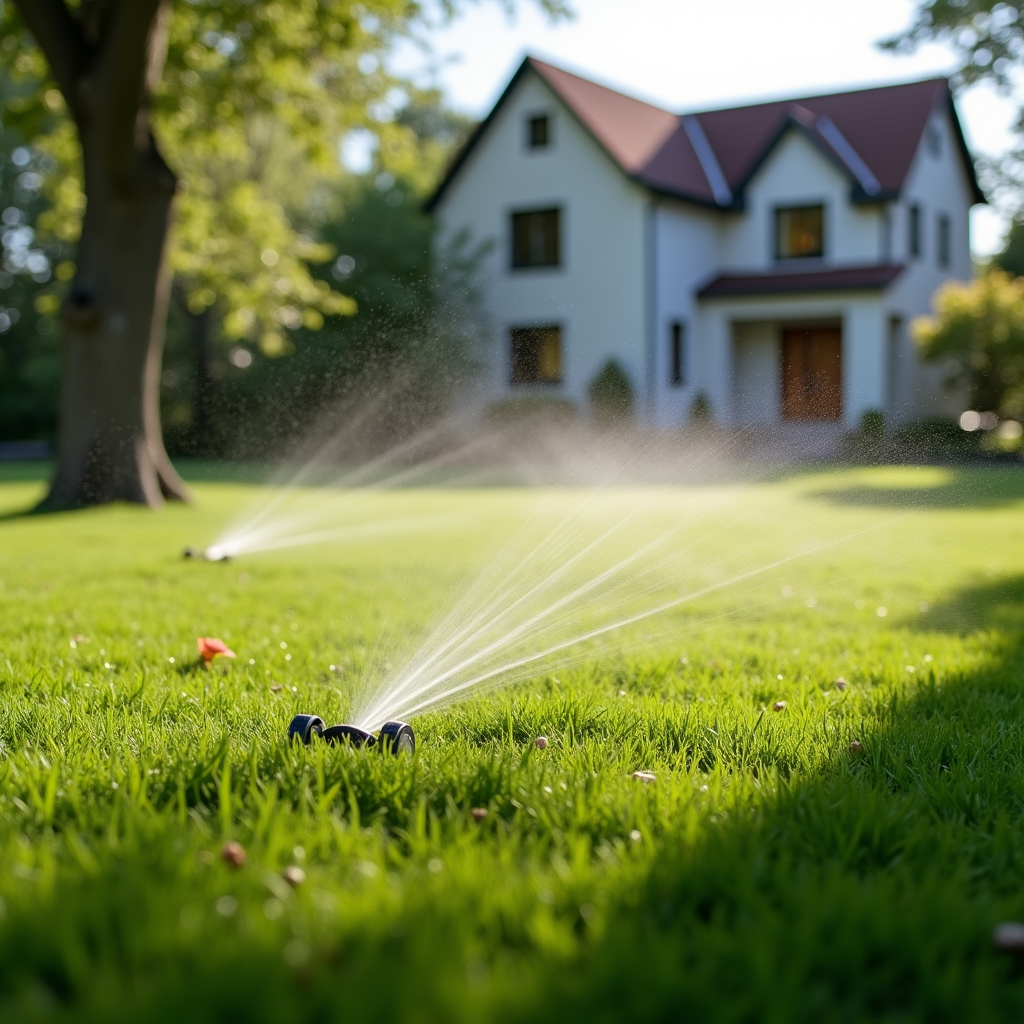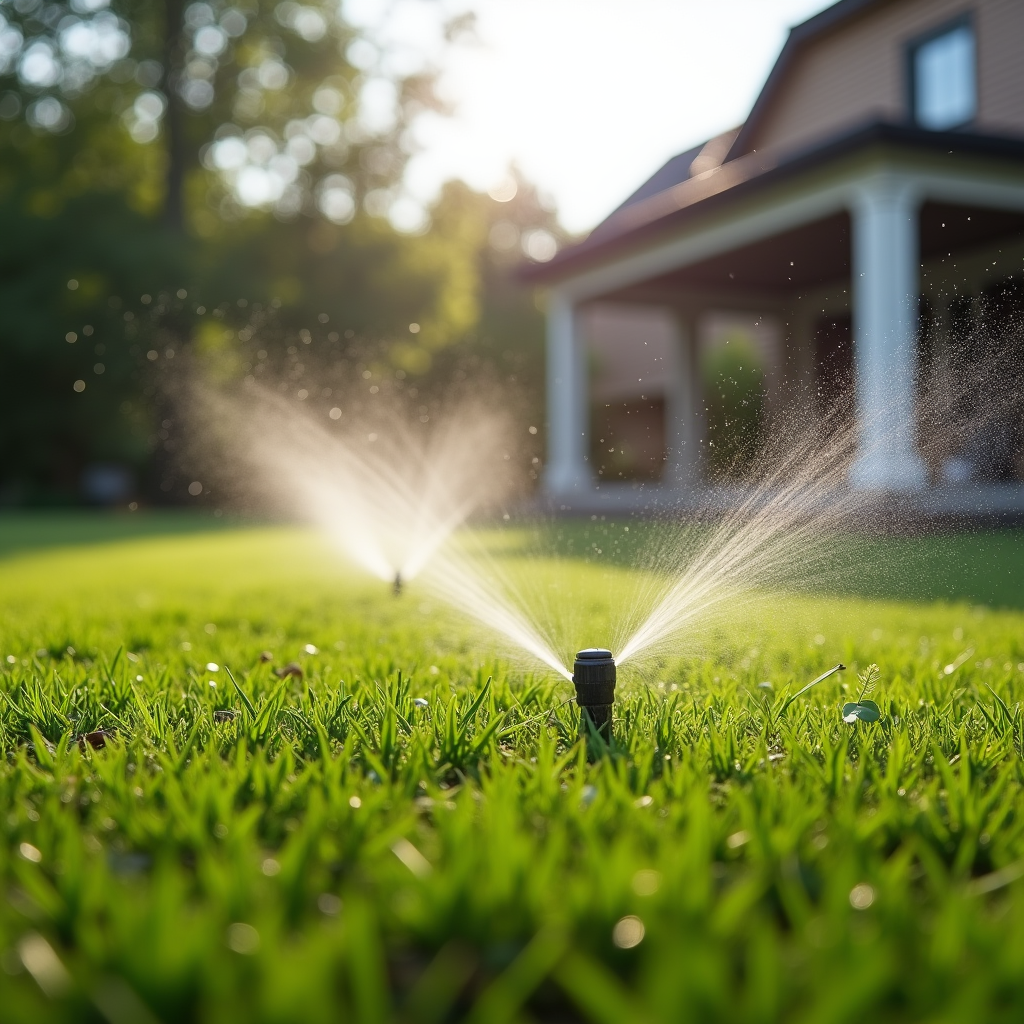Introduction
A lush, green lawn is the pride of any homeowner. It enhances curb appeal, provides a welcoming atmosphere, and creates a perfect space for family gatherings or relaxation. However, achieving that pristine look requires dedication and knowledge about proper lawn maintenance routines. In this comprehensive guide on Lawn Maintenance Routines: Weekly, Monthly, and Seasonal Tasks, we’ll break down everything you need to know to keep your yard in tip-top shape throughout the year.
Understanding Lawn Care
What Is Lawn Care?
Lawn care encompasses all the tasks involved in maintaining a healthy and attractive lawn. This includes mowing, watering, fertilizing, aerating, and pest control. The goal is to create an environment that allows grass to thrive while minimizing weeds and diseases.
Why Is Lawn Care Important?
Regular lawn care not only enhances the aesthetic appeal of your property but also contributes to the overall health of your landscape. A well-maintained lawn acts as a natural air filter, reduces soil erosion, and can even increase your home’s value.
The Basics of Lawn Maintenance Routines: Weekly, Monthly, and Seasonal Tasks
Understanding Your Grass Type
Before diving into specific maintenance tasks, it's essential to identify your grass type. There are two primary categories: cool-season grasses (like Kentucky bluegrass) thrive in northern climates with cold winters, while warm-season grasses (such http://archercrwv844.cavandoragh.org/navigating-local-regulations-and-permits-in-professional-landscape-projects as Bermuda grass) flourish in southern areas with hot summers.
Why Does Grass Type Matter?
Different grasses have unique growth patterns and care requirements. Understanding your grass type helps determine optimal mowing heights, watering schedules, and fertilization methods tailored for peak performance.
Weekly Lawn Maintenance Routines
Mowing Your Lawn
How often should I mow?
Most lawns require mowing once a week during the growing season. Aim to keep your grass at an ideal height—about 2.5 to 4 inches depending on the type—to promote healthy growth while preventing weed establishment.
Tips for Effective Mowing
- Keep mower blades sharp: Dull blades tear grass rather than cut it cleanly. Mow when dry: Wet grass can clump up and lead to uneven cuts. Alternate mowing patterns: This prevents soil compaction and promotes upright growth.
Watering Your Lawn
How much water does my lawn need?

Generally speaking, lawns need about 1 to 1.5 inches of water per week. Adjust based on rainfall—too much water can lead to problems like root rot.
Watering Schedule Tips
- Water early in the morning: This minimizes evaporation. Use a rain gauge: This will help you track how much water you're providing.
Monthly Lawn Maintenance Routines
Fertilizing Your Lawn
When is the best time to fertilize?
For cool-season grasses, late spring or early fall is ideal; warm-season grasses benefit from fertilization in late spring or early summer.

Choosing the Right Fertilizer
Look for a balanced fertilizer with equal parts nitrogen (N), phosphorus (P), and potassium (K). A soil test can provide insights into specific nutrient needs.
Aerating Your Lawn
What is aeration?
Aeration involves perforating the soil with holes to allow air, water, and nutrients to penetrate down to grassroots. It’s crucial for relieving compacted soil.
When Should I Aerate?
Typically done in spring or fall when growth is active—aim for every 1-3 years based on lawn usage.
Seasonal Lawn Maintenance Routines
Spring Tasks: Preparing for Growth
Spring marks an exciting time as your lawn awakens from winter dormancy. Here are essential tasks:
Raking: Clear away any debris such as leaves or branches. Pre-emergent Weed Control: Apply herbicides before weeds germinate. Seeding: Fill in bare spots with appropriate seed mixtures.Summer Tasks: Keeping Cool
Summer brings heat stress that can challenge even the healthiest lawns:
Adjust Mowing Height: Raise mower blades during drought periods. Increase Watering Frequency: As temperatures rise, your lawn might require more moisture. Check for Pests: Regularly inspect for signs of insect damage or disease.Fall Tasks: Preparing for Dormancy
As temperatures drop:
Fertilize Again: A final feeding encourages strong root systems before winter. Overseed Thin Areas: Helps build density ahead of cooler months. Clean Up Leaves Promptly: Prevent smothering by removing fallen foliage regularly.Winter Tasks: Protecting Your Investment
While many lawns enter dormancy during winter:
Limit Traffic: Minimize foot traffic on frozen ground. Plan Ahead: Evaluate what worked last year; refine strategies for next spring’s maintenance routine.FAQ Section
What tools do I need for basic lawn care?
You’ll need a quality mower, trimmer/edger, rake, aerator (manual or powered), spreader (for seeds/fertilizers), sprinkler system or hose with a nozzle.
How do I control weeds naturally?
Consider using mulch around flower beds or hand-pulling weeds regularly before they seed out in your garden areas!
Can I use leftover cooking oil as fertilizer?
No! Cooking oil can harm beneficial insects & disrupt microbial activity within your soil ecosystem instead use organic composts!

What signs indicate my lawn needs more water?
If footprints remain visible after walking across it or if blades appear dull grayish-green color rather than vibrant green – it’s time!
How do I know if my grass type is thriving?
Check growth patterns; if you notice lush green blades & increased density then congratulations—your efforts are paying off!
Is it necessary to hire professionals for aeration?
Not necessarily! While hiring experts ensures precision results; DIY options exist too—just ensure proper timing & technique!
Conclusion
Maintaining a beautiful lawn may seem daunting at first glance but breaking it down into manageable weekly, monthly & seasonal tasks makes all the difference! By understanding basic principles of lawn care, knowing what steps are necessary at each interval—and staying consistent—you'll cultivate not just healthful greenery but also enjoyment from working outdoors! So grab those tools & get started on creating that stunning yard you’ve always dreamed about—your paradise awaits!
In summary—the key takeaway here lies within establishing consistent routines tailored towards seasonal changes which ultimately leads toward achieving long-lasting beauty within landscapes everywhere! Happy gardening!